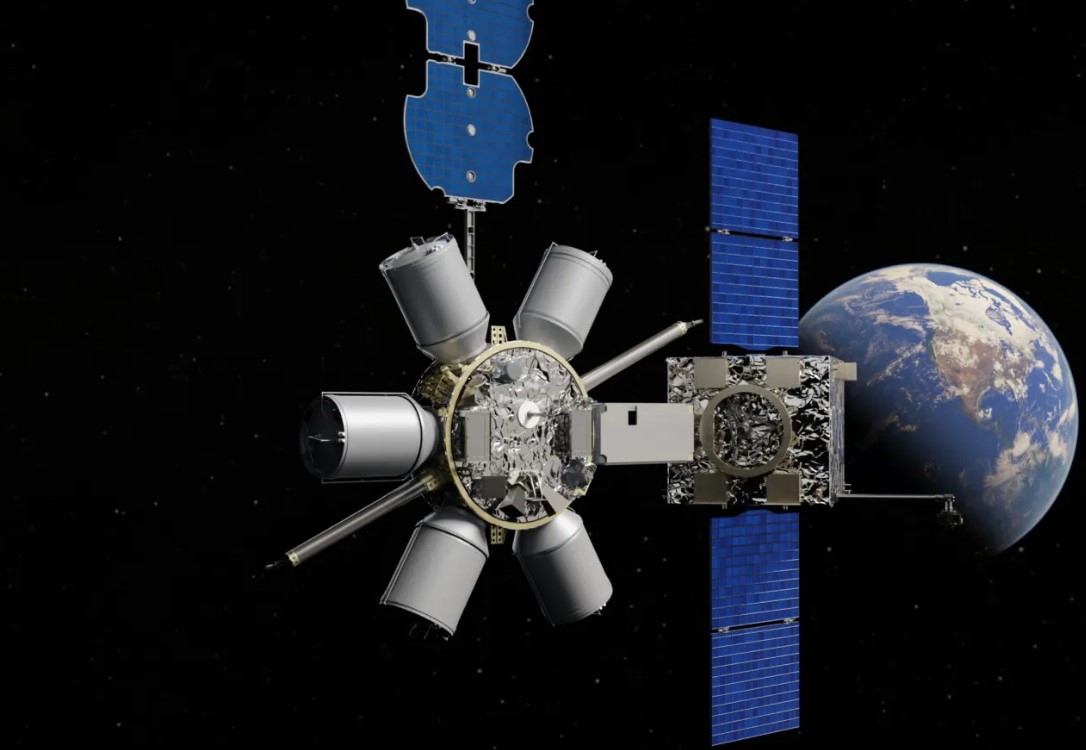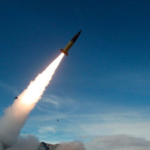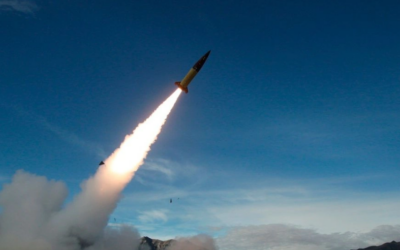As part of its quest to boost weapons production, the US Army is reestablishing TNT production on US soil, inking a deal to build out a…

A satellite refuelling nozzle developed by Northrop Grumman is selected as a preferred standard for US military satellites, according to the company’s announcement.
Specifically, the US Space Force’s Space Systems Command designated Northrop Grumman’s Passive Refuelling Module (PRM) as a suitable interface to enable future in-space refuelling of military satellites.
The PRM has a docking mechanism to allow a refuelling vehicle in orbit to transfer propellant to another satellite to extend its useful life.
Lauren Smith, program manager for in-space refuelling at Northrop Grumman, said that the selection of the PRM was based on the maturity and technical viability of the design as well as the company’s experience servicing satellites in orbit.
Also read: Memorandum of Understanding signed between Hellas Sat and Thales Alenia Space
Northrop Grumman’s Space Logistics subsidiary remains the only firm to have successfully serviced satellites in geostationary orbit, having docked twice with Intelsat satellites some 22,000 miles above Earth to extend spacecraft life.
The adoption of Northrop Grumman’s PRM, while not exclusive, marks the first time the Space Force has publicly identified a preferred system.
The Space Force is also evaluating other technologies, including a refuelling interface developed by the startup Orbit Fab, known as the Rapidly Attachable Fluid Transfer Interface (RAFTI). Other companies, such as Lockheed Martin and Astroscale, too, are developing interfaces to connect satellites with servicing vehicles.
Also read: Airbus | SYRACUSE 4B military communications satellite successfully launched
Northrop Grumman also has secured a Space Force contract of undisclosed value to develop a dedicated tanker satellite for geosynchronous orbit missions that would carry up to 1,000 kilograms of hydrazine and deliver fuel in space.
The flying gas station, named Geosynchronous Auxiliary Support Tanker, or GAS-T, will be built on a Northrop Grumman ESPAStar D ring-shaped bus, a relatively large platform of nearly 2,000 kilograms.
The orbiting tanker will carry enough hydrazine to refuel multiple satellites. Rather than serve as just a fuel depot, the GAS-T will approach and dock with the satellite, performing proximity operations.
Smith said GAS-T is being financed with a combination of Space Force and internal company investment. There is still no timeline for its delivery or deployment in orbit.
The ESPAStar-D satellite bus has multiple ports, one of which would carry the refuelling payload. The others would serve as external fuel tanks. The refuelling payload will have a so-called Active Refuelling Module or ARM.
With the satellite refuelling industry still in its infancy, the Space Force’s endorsement arguably gives Northrop Grumman a first-mover advantage and establishes an early standard in a market that has yet to adopt formal specifications.
The Space Systems Command intends to release the technical specifications of the PRM module to the industry soon.
Also read: Orbit | Launch of the NetShroud+ Cyber Security Solution for its Gaia100 Earth Observation Antennae
READ MORE
Ticonderoga | The US Navy is extending the operational life of three cruisers
The US Navy has announced that it is extending the operational life of three Ticonderoga-class cruisers. The decision will…
Sea Warden | MBDA’s system to counter unmanned threats at EURONAVAL 2024
At the EURONAVALl 2024 exhibition, MBDA presented Sea Warden, a modular anti-drone system adapted to the naval environment that integrates…
THEON International | New orders amounting to €74 million having already exceeded €150 million in the 4th trimester
THEON INTERNATIONAL PLC (THEON) announced additional orders for the month of November. As a result of the…
UN | Iran has increased uranium enrichment to near weapons-grade levels
Iran has further increased its stockpile of uranium enriched to near weapons-grade levels, defying international pressure, according to…
Brazil | Arrests of military and police officers for plotting the assassination of President Lula
Brazilian police have arrested five officers accused of plotting a coup which included plans to overthrow the government following the…
Sweden | Leaflets with survival instructions in the midst of the Ukrainian crisis
Sweden started sending out five million leaflets to the country’s residents yesterday, urging them to prepare for a possible conflict…
Ukraine | The first ATACMS strike on Russian soil took place
The Ukrainian armed forces carried out their first strike on a border area within Russian territory with an ATACMS missile.
Finland | The first major NATO artillery exercise on its territory
The exercise is taking place in northern Lapland and is part of wider artillery exercises, which have been dubbed ‘Dynamic Front 25…






















